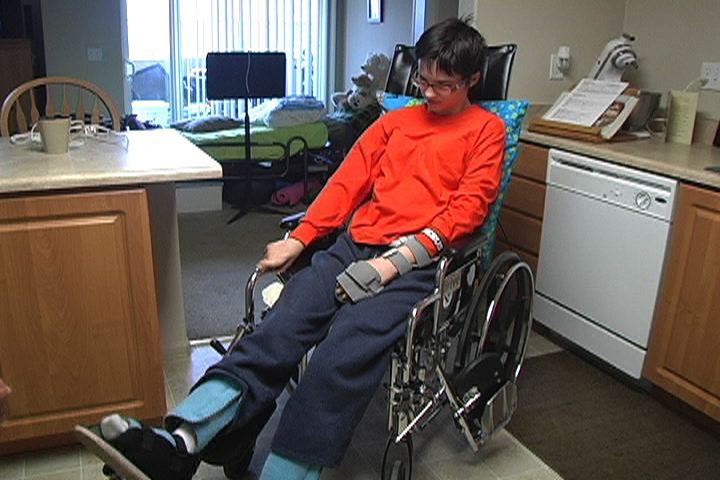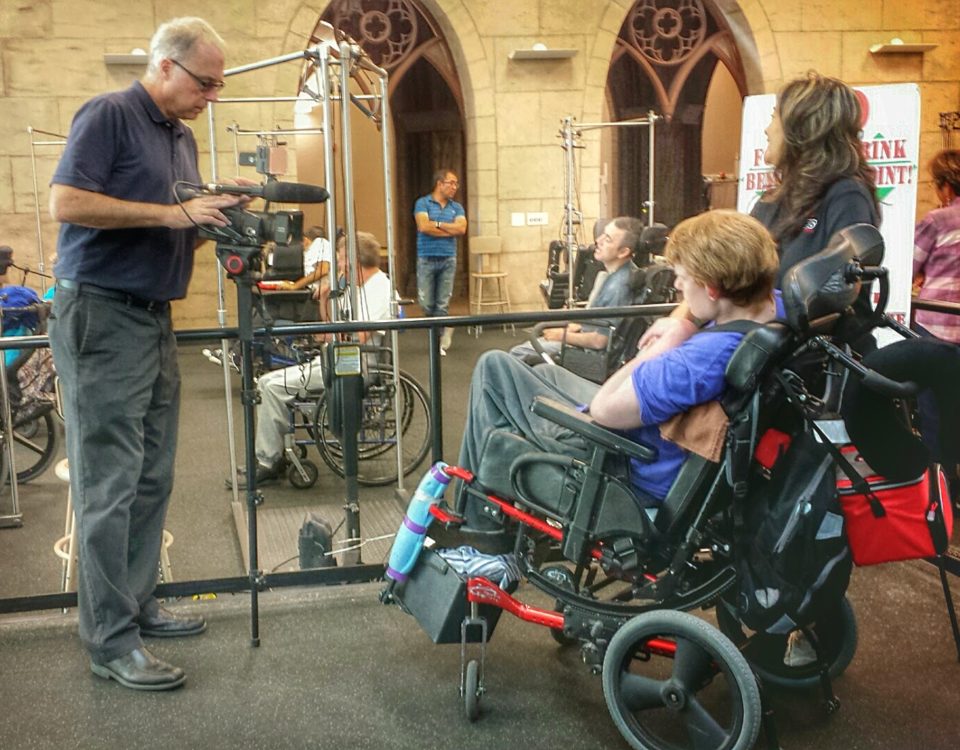- Have any questions?
- 626.335.9794
Admissibility of Day in the Life Documentary Videos

Daily Activities Video: Inadmissible hearsay or exception?
May 15, 2015Video presentations demonstrate ‘better than words’ plaintiffs’ loss, but are they admissible?
Part 1 of the Day in the Life Video Admissibility Series
Demonstrative evidence has evolved from the presentation of still photographs, color charts and blow-ups, to computer-generated animations and broadcast-quality, high-definition video documentaries. The value in presenting demonstrative evidence is to assist the jury in understanding the issues surrounding a case without creating undue prejudice, confusion or waste of time. Trial judges, in accordance with California Evidence Code 352, must exercise sound discretion in determining whether the proffered evidence is relevant, accurate, fair, and has the appropriate foundation and authentication. Generally speaking, the grounds for the admission of demonstrative evidence are the same, whether it is a photograph, diagram or moving pictures.
However, unlike other forms of demonstrative evidence, when it comes to the admissibility of day in the life video documentaries specifically, they seem to be subject to broad, although not absolute, judicial discretion. Despite numerous instances where the court expresses concern about the dominating and prejudicial nature of day in the life videos, their rulings, in fact, contradict their concerns and admit them. In other cases, we see judges exclude day in the life videos for their prejudicial value, or as cumulative evidence. So with some court’s apprehension to and the wide latitude with which judges are executing discretion, what are best practices for getting day in the life videos admitted?
In short, day in the life videos should be admissible as long as they demonstrate just the facts, illustrate witness testimony and do not contain, among other things, artistic highlighting that emphasizes some scenes more than others. Scenes or content that include obvious exaggerations, self-serving behavior, rehearsed or coached actions, or include content which serve little purpose other than to create sympathy or contain other unduly inflammatory material, should be excluded from the video to be admissible.
The admissibility of day in the life videos should be admissible provided that 1) their probative value outweighs any prejudice to the defendant and 2) there are no demonstrated improprieties in the videos content or production techniques. 3) Assuming plaintiff’s counsel provides the proper foundation and authentication for the above referenced points, the video will likely be admissible.
In summary, a day in the life video is not only persuasive, but in most cases admissible, so long as it is prepared by an experienced legal video production company whom understands the common admissibility requirements of the jurisdiction where your client’s case is being tried. The key to this success is an open dialogue wherein the commissioning attorney discusses these requirements with the legal video production team, who uses their expertise to execute a high-quality and admissible product.
Go to Part 2 of this series: Inadmissible hearsay or exception




